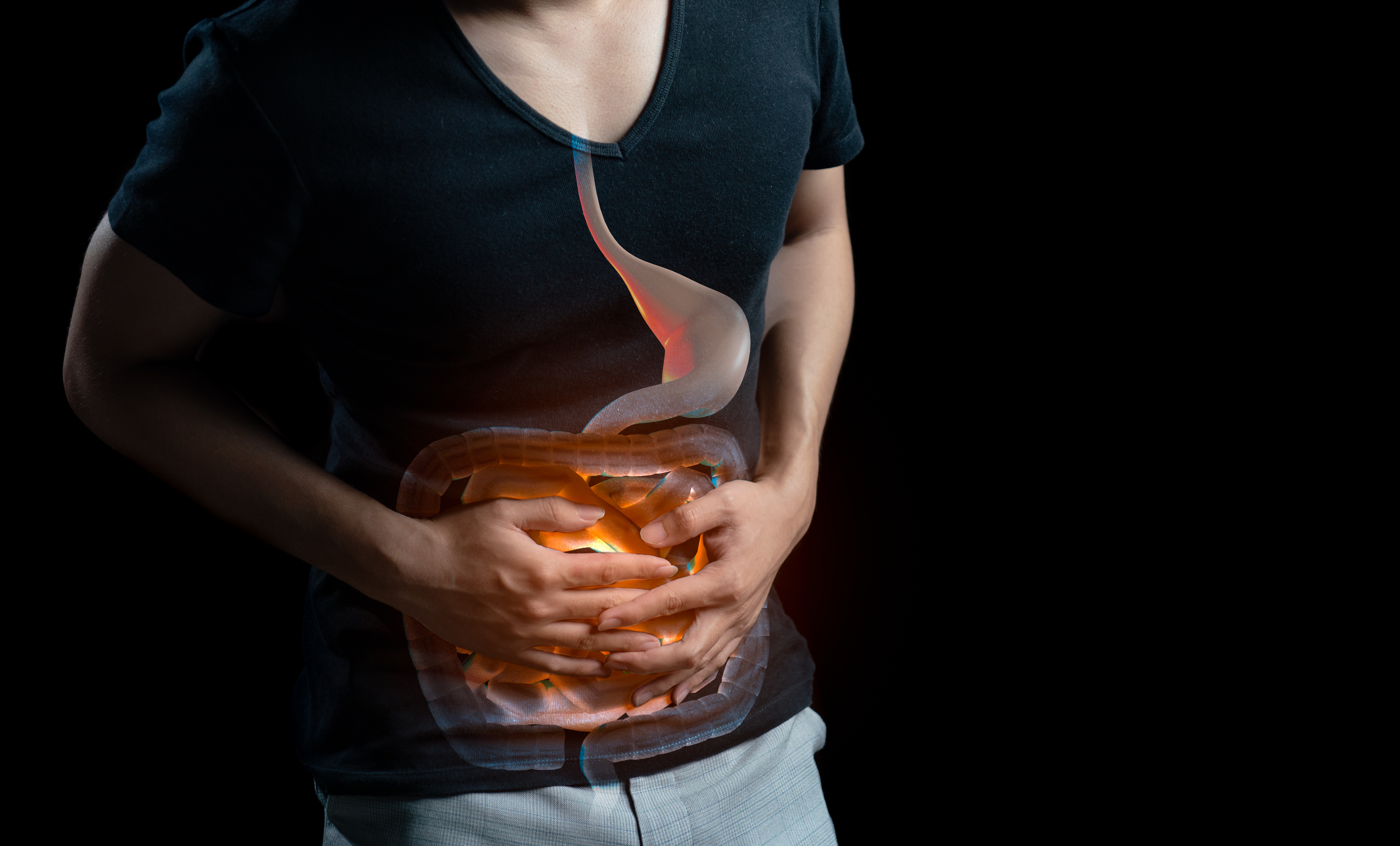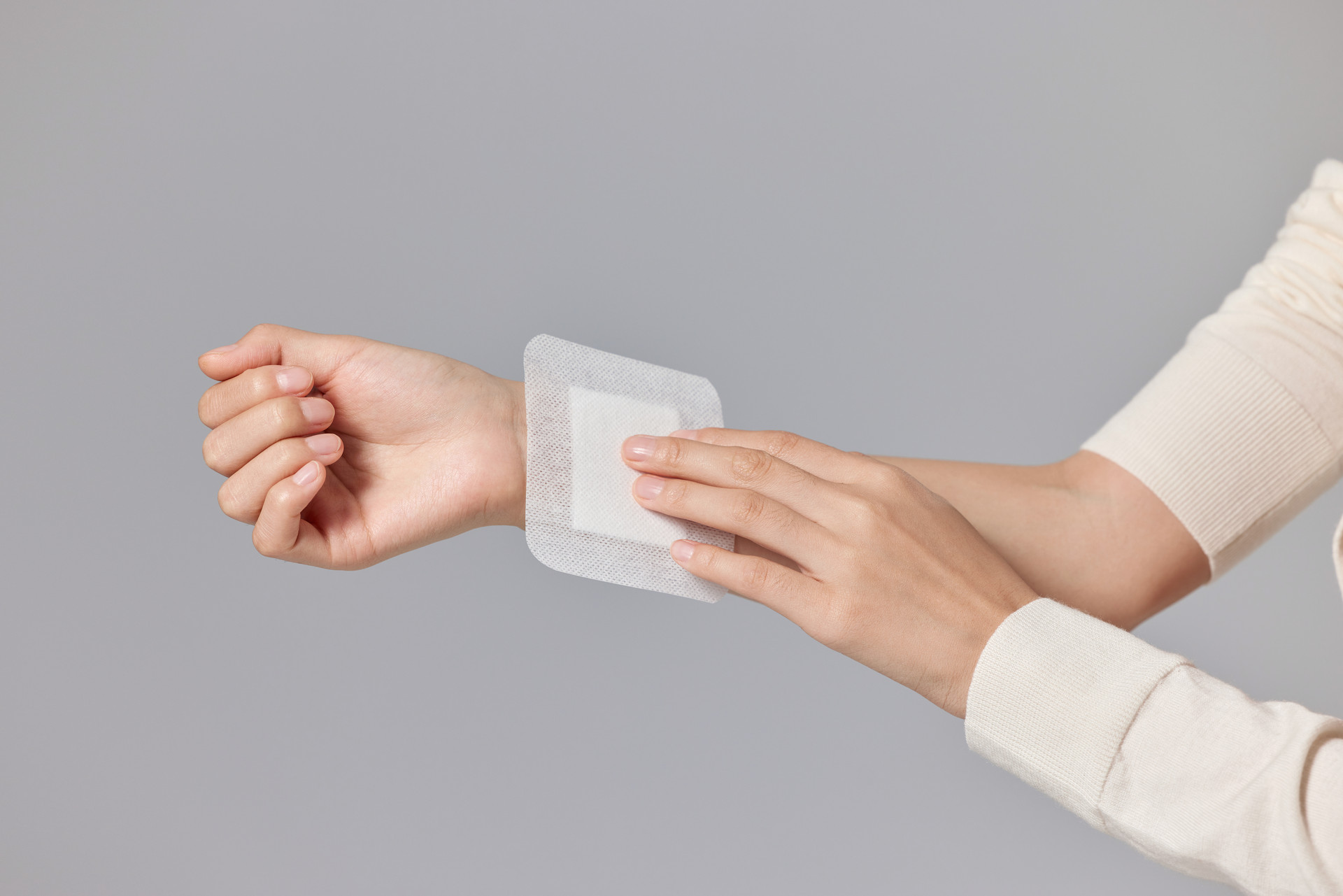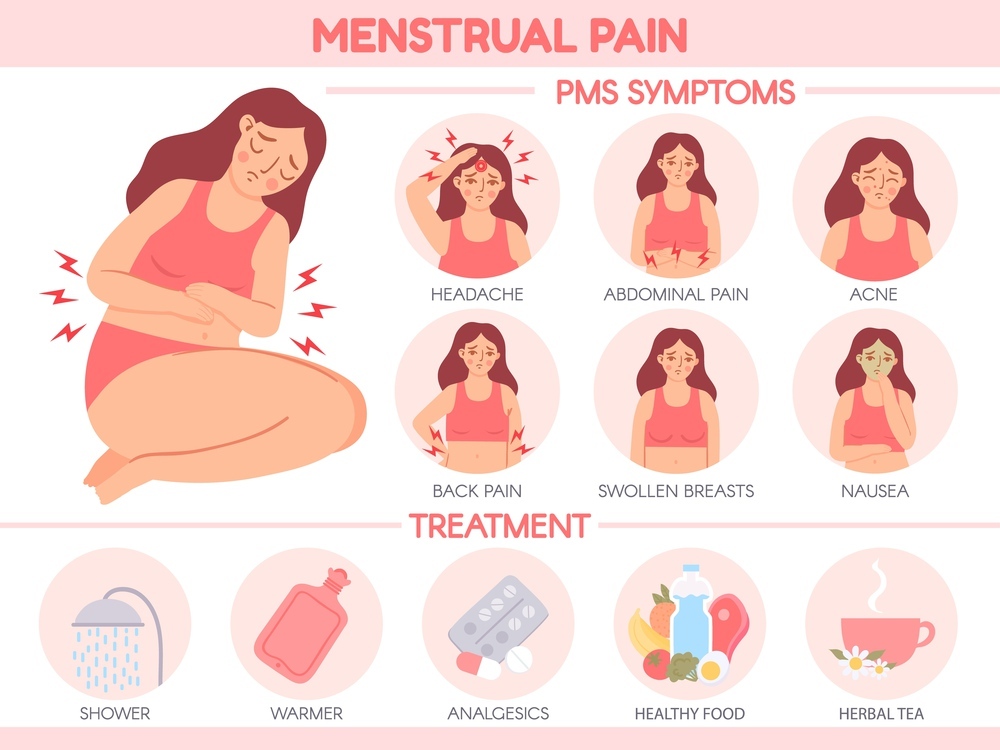Physiology of lactating women
Lactation refers to the period after childbirth when the mother breastfeeds her baby with her own milk. It is usually the postpartum period when the mother is physically exhausted and mentally stressed due to pregnancy and childbirth. The functioning of the nervous system is not optimal during this time, and various hormones in the body increase to different extents. The mental disorders that can be seen during this period include:
Postpartum blues: Refers to the transient crying or depressive state that occurs 3-5 days after childbirth. The incidence rate is as high as 50%-80%. It usually recovers within 24 hours, but a small number of women may develop postpartum depression.
Postpartum depression: Refers to a group of syndromes characterized by low mood, decreased desire, decreased activity, and negative evaluation that occur during the puerperium. Clinical manifestations include low mood, sadness, crying, loneliness, anxiety, irritability, self-blame, decreased ability to handle things, inability to take care of the baby, lack of confidence in life, and even suicidal tendencies. It is usually onset within 2 weeks after childbirth. With active treatment, the prognosis is good, but a few may have residual symptoms or have a risk of recurrence during subsequent pregnancies.
Postpartum psychosis: Refers to severe mental and behavioral disorders that occur after childbirth. Clinical features include mental confusion, acute hallucinations and delusions, severe depression and mania alternately, complex and changeable symptoms, and biological changes such as sleep disorders and changes in appetite. It usually occurs within 7 days after childbirth and requires immediate hospitalization.
During lactation, women generally experience the joy of becoming a mother and have a good psychological state. However, some mothers, especially first-time mothers, may have varying degrees of confusion about breastfeeding, postpartum care, body shape recovery, and sexual life. At this time, medical staff and family members should provide sufficient guidance and care to help the lactating mother smoothly go through the lactation period.
Healthcare for lactating women
Breastfeeding and breast care recommend breastfeeding and correct guidance for breastfeeding. Breastfeeding should start within half an hour after childbirth, even though the milk production in the breasts may not be abundant at this time. The sucking action of the newborn stimulates milk secretion. Breastfeeding should be done on demand.
Benefits of breastfeeding
Breast milk is essential and ideal nutrition for infants. It is rich in nutrients and suitable for digestion and absorption by infants. Breastfeeding provides an ideal way for the healthy growth and development of infants, and it is time-saving, labor-saving, economical, and convenient for mothers to breastfeed their infants.
Breast milk contains various immunological substances that can increase the baby's resistance and prevent diseases.
Through breastfeeding, the mother and baby have frequent skin-to-skin contact, which enhances the bonding between them.
Ten measures to promote successful breastfeeding include having a written breastfeeding policy and regularly communicating it to all healthcare staff.
All healthcare staff should receive necessary technical training to implement this policy.
Inform all pregnant women about the benefits of breastfeeding and how to deal with it.
Help mothers initiate breastfeeding by allowing newborns to suckle the nipples within half an hour after childbirth.
Guide mothers on how to breastfeed and how to maintain lactation when they need to be separated from their infants.
Do not feed newborns any food or drinks other than breast milk unless medically indicated.
Implement rooming-in for mother and baby, allowing them to be together 24 hours a day.
Encourage on-demand breastfeeding.
Do not let breastfed infants suck on pacifiers or use nipples as comfort objects.
Promote the establishment of breastfeeding support organizations and transfer discharged mothers to maternal and child health care organizations.
Breast care
To ensure that each baby receives sufficient breastfeeding, every mother must have the correct knowledge and healthcare knowledge about breast care, which is conducive to milk secretion and smooth breastfeeding.
Before breastfeeding, gently massage the breasts to stimulate milk ejection reflex.
Avoid using soap or alcohol to clean the breasts and nipples, as it may cause local skin dryness and cracking. If necessary, use a milk-wiping cloth with clean water to clean the nipples and areolas.
During breastfeeding, pay attention to whether the baby is sucking most of the areola. If the baby's sucking posture is incorrect or the mother feels pain, it should be corrected.
At the end of breastfeeding, do not forcefully pull out the nipple. Let the baby naturally release the nipple from the mouth.
During each breastfeeding session, alternate between both breasts, emptying one side before switching to the other. This can promote increased milk production and prevent blocked milk ducts and uneven breast size.
Guide each mother on the hand expression method to avoid improper techniques that may cause breast pain and injury.
During breastfeeding, the mother should wear a suitable cotton bra to support the breasts and improve blood circulation.
Nutrition
Lactating women should receive proper nutrition and rest. Cooking methods should involve boiling, stewing, and simmering, and less frying. Drink soup during meals and drink plenty of water between meals.
Lactating women should eliminate feelings of tension and anxiety. They should embrace and caress the baby affectionately, promote mother-infant bonding through eye contact and skin-to-skin contact, and promote lactation and emotional stability of the baby.
Lactating women also need support and assistance from their husbands, mother-in-law, mother, or relatives and neighbors who have received education on breastfeeding knowledge. Clean care, including daily hygiene and wound care, should encourage postpartum women to brush their teeth, take regular baths, and change clothes frequently, and firmly discard outdated concepts of not bathing or brushing teeth after childbirth. Before taking a bath, it is advisable to eat a small amount of snacks to prevent hypoglycemia. After bathing, avoid blowing directly with a fan to prevent catching a cold.








